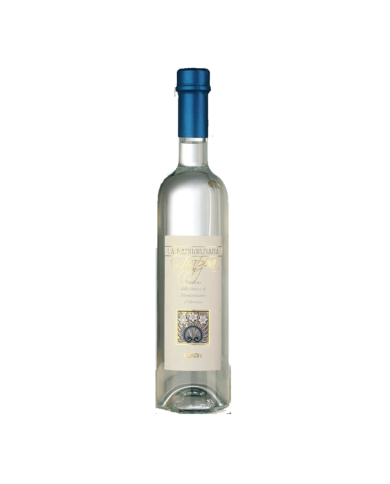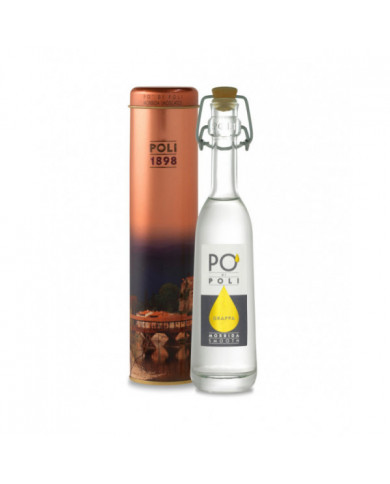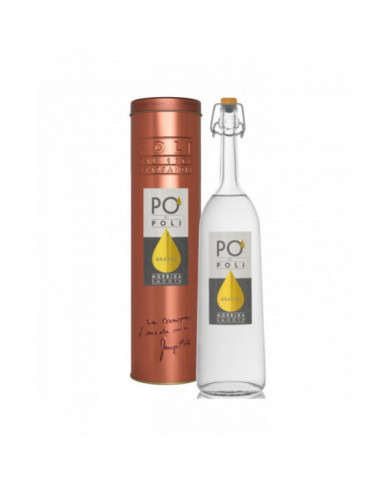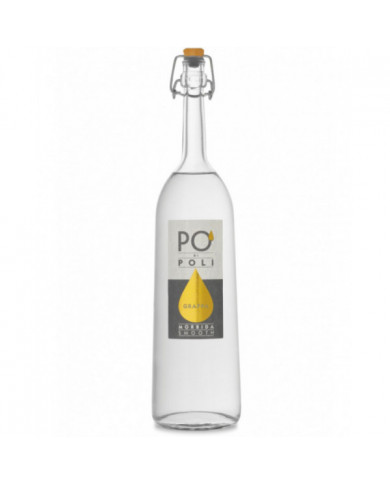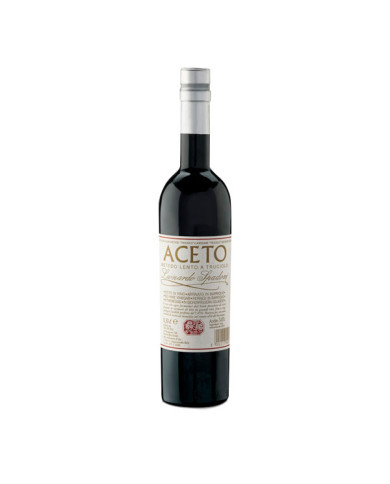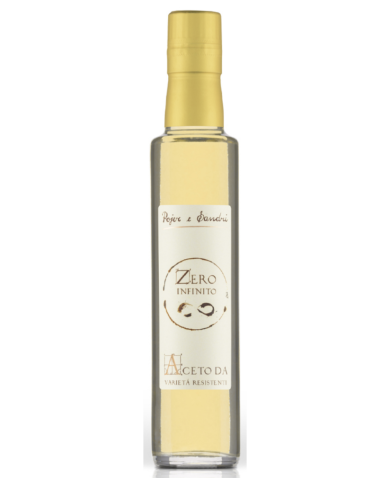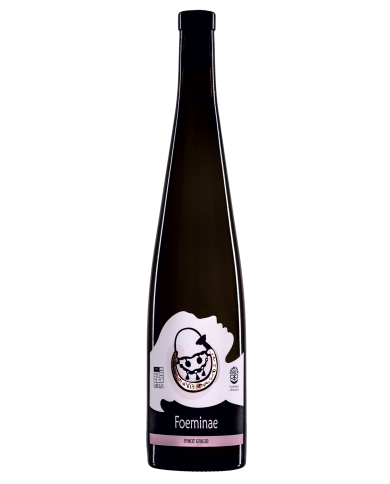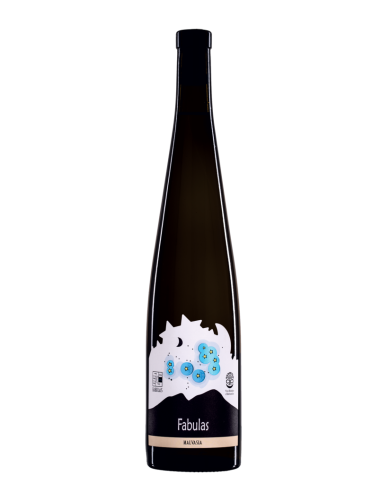Young Grappas: The Freshness and Intensity of a Traditional Distillate
Young grappas represent a category of Italian spirits that is gaining increasing popularity among enthusiasts all over the world. These grappas , characterized by short or no aging , stand out for their freshness and aromatic intensity , offering a unique and authentic tasting experience. In this article, we will explore the fascinating world of young grappas, from their origins to production methods, to help you fully understand the charm of this extraordinary spirit.
What is a Young Grappa?
A young grappa is a type of grappa that has not undergone, or has undergone only a short period of, aging in wooden barrels. This means that the distillate keeps its original aromatic characteristics intact, without being significantly influenced by contact with the wood. The result is a grappa with a decidedly fresher , more intense and immediate olfactory and taste profile than its "barricaded" counterparts.
The Origins of Young Grappas
How was the tradition of young grappa born?
The tradition of young grappa has its roots in the centuries-old history of distillation in Italy. Since its origins, many producers have favored bottling the distillate immediately after distillation , without subjecting it to long aging . This approach allowed the freshness and typicality of the product to be fully preserved, making it immediately ready for consumption.
What is the Historical Role of Young Grappas?
Young grappas have played an important role in the socioeconomic history of many Italian regions. In particular, the production and trade of these spirits have often represented a fundamental source of income for families of winemakers and distillers . Furthermore, young grappas have contributed to spreading and consolidating the reputation of the best grappa producers at a national and international level.
The Production Process of Young Grappas
How are young grappas produced?
The production of a young grappa initially involves the distillation of the residual pomace from the production of wine, following traditional methods. After this phase, the distillate can be bottled and marketed directly, without undergoing prolonged aging . In some cases, the distillate can be subjected to a short period of refinement in stainless steel tanks or wooden barrels , but in any case of a decidedly shorter duration than barriqued grappa.
What are the advantages of young grappa?
The main advantage of young grappas is their freshness and aromatic intensity . Being little or not at all influenced by contact with wood, these grappas keep intact the typical notes of the pomace from which they are distilled, such as fruity , floral and herbaceous . Furthermore, the lack of aging preserves the purity and naturalness of the distillate , making it an authentic expression of the Italian distilling tradition.
The Different Styles of Young Grappas
What are the main types of young grappas?
There are different types of young grappa , which are mainly distinguished by the duration of any aging and the production techniques adopted by individual distillers . Some of the main categories include young "classic" grappas (without any aging), young "fine" grappas (with a short aging period) and young "reserve" grappas (with slightly longer aging).
What Are the Best Brands of Grappa for Young People?
Among the best producers of young grappa we find prominent names in the Italian distillery scene, such as Nonino, Bocchino, Nardini and Poli. These companies stand out for their long tradition, the excellent quality of their products and innovation in production methods . Discover our selection of the best young grappas available online now!
How to Choose and Enjoy Young Grappas
What are the factors to consider when purchasing?
When choosing a young grappa , it is important to evaluate various factors, such as the origin of the distillate , the production techniques used and the possible short period of refinement . In general, young grappas with less aging tend to present more intense and immediate aromatic notes , while those with a short refinement can offer greater softness on the palate. Choose based on your personal tastes and the type of tasting experience you want to have.
How to Best Serve and Enjoy Young Grappas?
To maximize the characteristics of a young grappa , we recommend serving it at room temperature, possibly in tasting glasses that allow you to fully appreciate its aromas and flavors . You can also experiment with adding a drop of water , which can help slightly dilute the spirit and help its aromas open up. Finally, we suggest you accompany the grappa with dessert , dried fruit or chocolate , to create combinations that further enhance its freshness and intensity .
Conclusions
In conclusion, young grappas represent an authentic and fascinating expression of the Italian distilling tradition. These grappas, characterized by a unique freshness and aromatic intensity , offer enthusiasts a unique and memorable tasting experience. Whether you are an expert connoisseur or a curious explorer, the world of young grappa awaits you to reveal all its secrets. Start your journey to discover this extraordinary spirit today!
- Young grappas are grappas that have not undergone or have undergone only a short period of aging in barrel.
- The tradition of young grappa has its roots in the centuries-old history of distillation in Italy.
- The production and trade of young grappas have played an important role in the socioeconomic history of many Italian regions.
- The main advantage of young grappas is their freshness and aromatic intensity, due to the lack of aging.
- To best enhance young grappas, it is important to serve them at room temperature in tasting glasses and experiment with combinations with desserts, dried fruit and chocolate.

